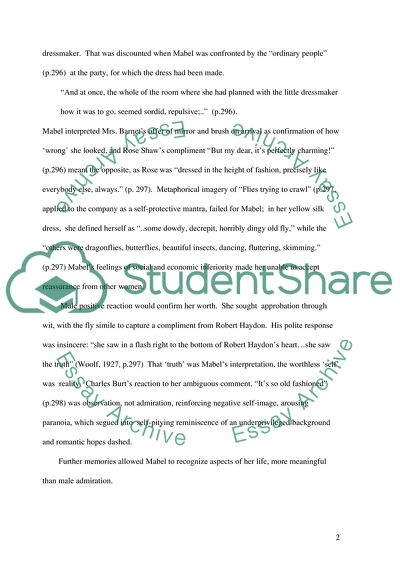Cite this document
(Female Identity Revealed Mainly Through Opposition to Male Identity Essay - 2, n.d.)
Female Identity Revealed Mainly Through Opposition to Male Identity Essay - 2. https://studentshare.org/literature/1706626-literature
Female Identity Revealed Mainly Through Opposition to Male Identity Essay - 2. https://studentshare.org/literature/1706626-literature
(Female Identity Revealed Mainly Through Opposition to Male Identity Essay - 2)
Female Identity Revealed Mainly Through Opposition to Male Identity Essay - 2. https://studentshare.org/literature/1706626-literature.
Female Identity Revealed Mainly Through Opposition to Male Identity Essay - 2. https://studentshare.org/literature/1706626-literature.
“Female Identity Revealed Mainly Through Opposition to Male Identity Essay - 2”. https://studentshare.org/literature/1706626-literature.


